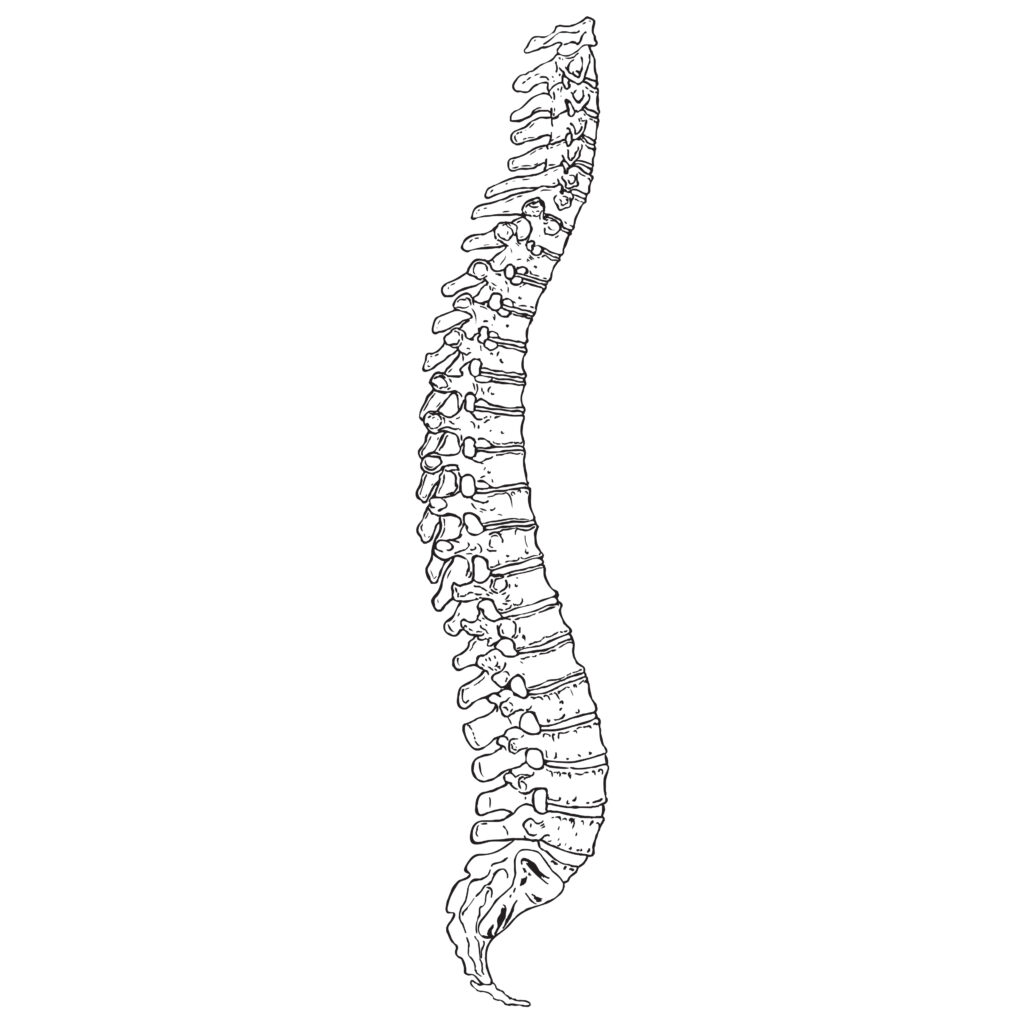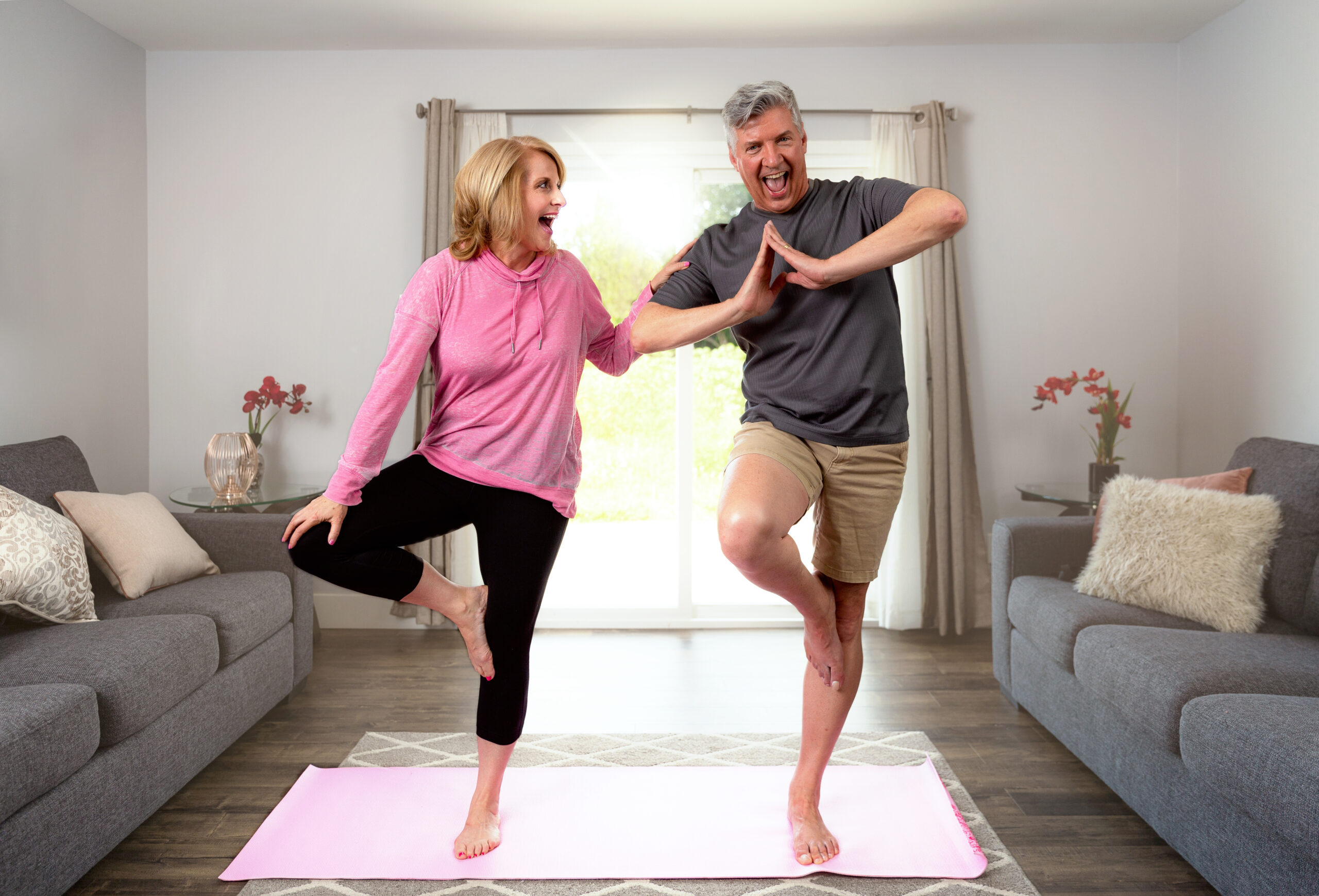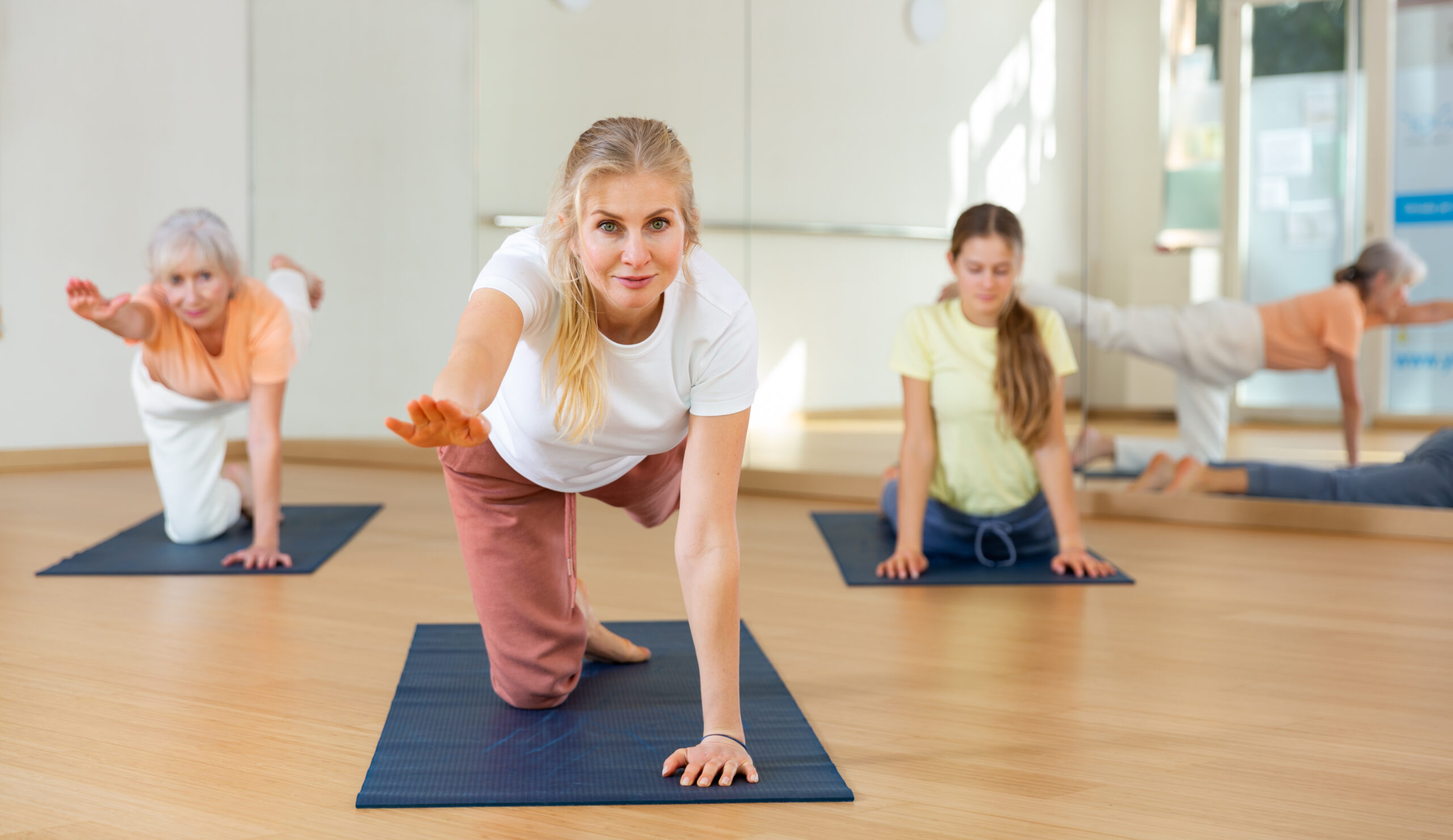If you have osteoporosis or osteopenia, you probably know that the ways in which you move your body can have drastic effects on your health. Incorrect posture or body mechanics can worsen bone density loss and cause pain.
Unfortunately, it’s not always clear what kinds of movement and posture can benefit your bones. Sometimes, safe movement can even be counterintuitive. The good news is that you can learn to move your body safely. You, yes you, can improve your posture, balance, and bone health.
Understanding Your Spine

When many people picture-perfect posture, they think of a perfectly straight spine. However, this is not an accurate representation of our spines. Instead, our spines have an S-shaped curve made of 24 vertebrae. This curve distributes weight and stress evenly through our bodies. If we consistently move our spines out of this alignment, it can cause problems that worsen the symptoms of osteoporosis.
Each vertebra is made of two types of bone: cortical and cancellous. Cortical bone is the hard outer shell that most people think of when they picture a bone. The cancellous bone is the spongy center of the bone.
Bone-Safe Spine Movements
Hard, fast, or extreme movements in the back can be dangerous. On the other hand, staying sedentary with little movement at all is also dangerous. The solution is to move our spines gently and intentionally in ways that strengthen the bones.
Here are some of the most important spinal movements for bone health:
- Extension: Anytime you move your hands up over your head while lengthening the spine.
- Lateral: Poses in which you move from side to side. This creates a stretch in the sides of the body.
- Backbends: Not like a gymnast. Instead, these are gentle arches in the back, such as the locust pose.
- Twists: Poses in which you gently twist the spine, making sure you can breathe comfortably.
These are all movements commonly found in yoga. It’s important to only move as far as is comfortable for you. If it becomes difficult to breathe or uncomfortable in any way, gently come out of the pose. You can then try again, but not quite so deep into the pose.
Unsafe Spinal Movements with Osteoporosis
While most spine movements can be safe when done gently and thoughtfully. However, one type of spinal movement, called “flexion,” is generally unsafe for anyone with osteoporosis.
Flexion is a forward fold of the spine that creates a rounding of the back. This is the kind of spine seen in poses like child’s pose and forward folds. It is safe for people without bone density loss and can sometimes be safe for people with osteopenia.
However, people with osteoporosis should avoid this spine shape when exercising or going about their day. That’s because it unevenly distributes weight. This can cause the damaged bone to cave in on itself and cause a compression fracture. These small fractures in the vertebrae make another one more likely.
Bone Health Exercise Program for You
Bone health is a complex topic, and yet it’s so important to the quality of life. That’s why I created the Bone Builder System. Inspired by my grandmother, I earned numerous qualifications in bone health and yoga instruction. Because if it were up to me, nobody would have another fracture or bad fall again.
With the Bone Builder System, you can start at whatever level works for you. Then enjoy five to six weekly practices made just for you. Each week you’ll see progress in your movement and balance. Learn more here.




Thank you Sarah for all of your information. I was really afraid when I was diagnosed with osteoporosis, but listening to you is really helping. I’m still really careful and somewhat afraid but knowing what to do and what not is really helping.
Thank you
I’ve posted in your FB page some information about myself. My scan shows the osteoporosis is worse in my spine at -3.0
Thank you in advance for any help or suggestions.
Evelyn,
I am glad you found me over here too! Start with focusing on sparing your spine which means working to keep your back straight rather than rounding it over as much as possible. No one is perfect at this, but doing it as much as possible will help to protect your spine. After posture work to strengthen the muscles in your back which will provide better support for your spine and also gradually over time help to improve your bone quality. Working to strengthen your spine could happen different ways. You could do weight bearing exercise that is intended to target your spine. If you like walking, you might consider buying a weighted vest from Amazon that will place weight on your spine while you walk. You could also go to the gym to use weights or use weights at home. Also, you can use your own body weight to place good stress on your spine. Mild back bends are also a good way to strengthen your back. Picture baby cobra, locust, and sphinx pose. I will be releasing a program in January that focuses on what you need to know about osteoporosis and also how to go about reducing fracture risk and strategically strengthening your body in the areas most likely to fracture. I hope this helps in the meantime. Please know that you are welcome to keep reaching out here, in the Facebook group, or by email.